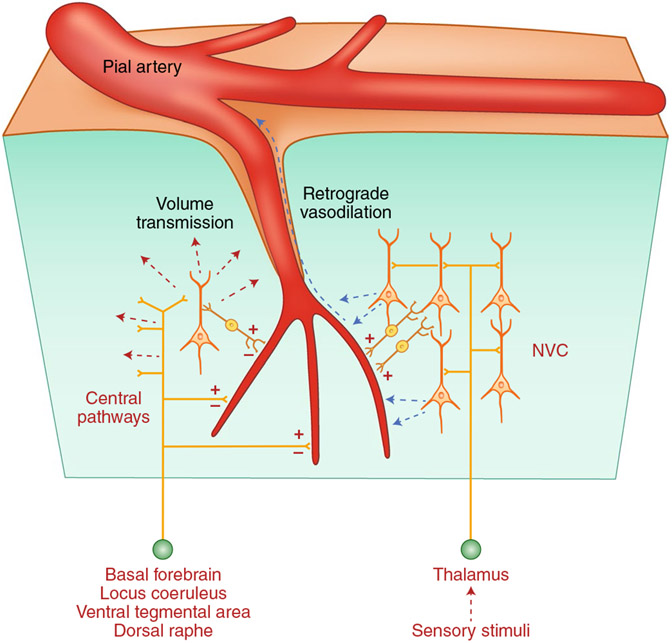Fig. 5 ∣. Sources and targets of brain intrinsic vasoactive signals.
Central pathways arising from the basal forebrain and brainstem nuclei contact cerebral blood vessels directly or through interposed interneurons (intrinsic innervation) and can either increase (+) or decrease (−) CBF diffusely. Neurotransmitters released from these pathways may also affect more distant vessels through volume transmission. Somatosensory or visual stimuli originating from the thalamus produce localized increases in blood flow by activating local neurons, which in turn release vasoactive agents (NVC; see Fig. 4 for details).

